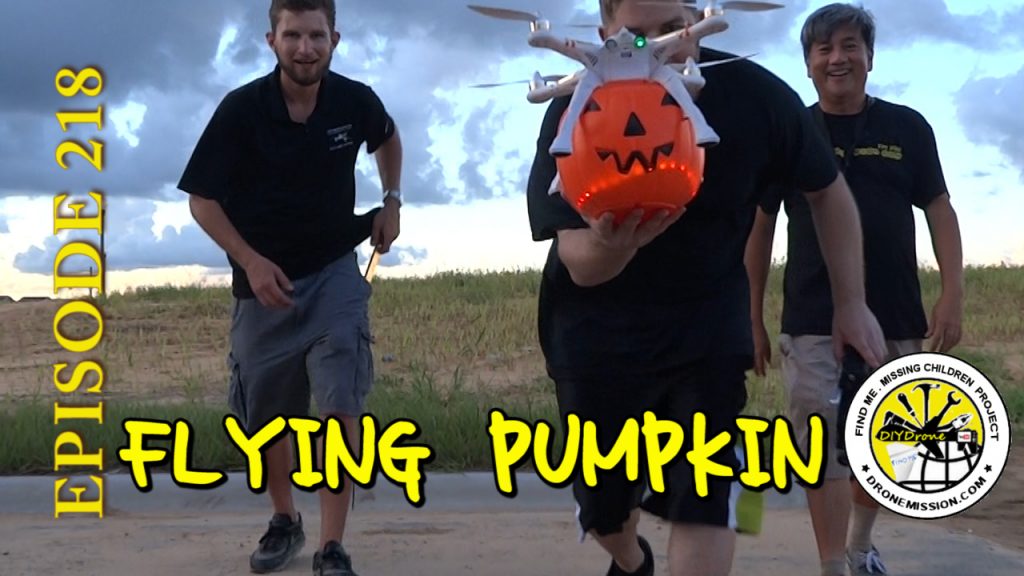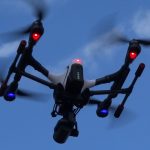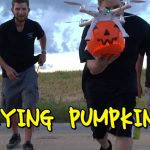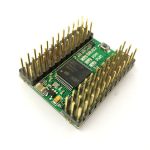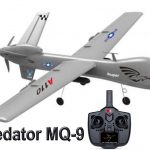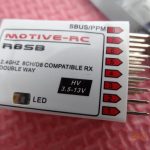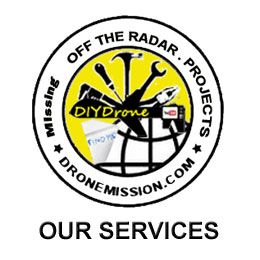Category Archives: Multirotors
Drone Camera Zoom for Constructions

When you need a detailed aerial view of a proposed construction site to use for logistics and production planning that may include land surveys and insurance, a drone with a camera zoom lens is the best option. Drone photos can also be used to create 3D models within a BIM application. Building Information Modeling is a collaborative process for the planning, design, construction and management of a building.
Optical zoom gets up close and personal by using an actual lens adjustment while digital zoom adjusts the image in the camera itself. When you use a digital zoom, the camera enlarges the image area at the center of the frame and crops away the outside edges of the picture, the same way as when you open an image in your photo-editing program and trim. If you are taking a lot of photos from far away subjects, be sure that the camera you buy has an optical zoom. An optical zoom is a true zoom lens, and they produce much better-quality images. Some cameras use a combination of both optical and digital scaling, to make editing easy and at the same time manage the lens limitation. You will notuce when it starts enlarging digitally, you begin to lose the resolution.
Contact us by mail if you need a zoom job done.
Fire Fighting Drone Walkera Zhun FE15
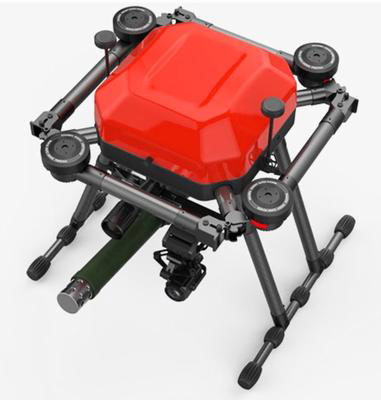
Happy 4th of July and we are not here to talk about a cannon for fireworks but a cannon for Fire Fighting, called the Zhun. Walkera has began developing and testing with their local fire agency to secure a bid for a full scale deployment. The Zhun has an ultra strong load capability and anti tremor design, folds up ready for a fire fighter’s deployment. The quadcopter carries a high magnification telescope and the high frame rate night vision camera. With high precision, it can launch the fire extinguisher projectile accurately in a complex fire weather environment. I had the privilege to preview the testing and edited this video.
It is amazing the Zhun is able absorb the amount of force created from the cannon. The real-time target control points are displayed on the ground control points, which greatly improves the accuracy of shooting and improves the efficiency of rescue…
Makerfire Micro FPV Racing Drone
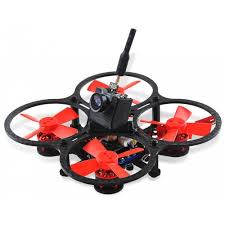
Makerfire Micro FPV Racing Drone is the latest entry into ducted fan micro racers joining the Tiny Whoop™ race. For the value and money, this quadcopter comes Ready To Fly or also available Crazepony the Bind-N-Fly version with DSM receiver. We received a BNF version from GearBest to test against a Devo 10 Deviation with DSM protocol and the results are good.
Analysis
Micro quadcopters have come a long way, with Jesse Perkins mounting a small FPV camera and video transmitter, showcasing some amazing indoor racing and calling it the Tiny Whoop™. Several manufacturers have since began to introduce their version of affordable ducted fan quadcopters and Makerfire Micro is noted to be a good entry in this category of indoor racing. The tall propeller guards allows the micro quadcopter to bounce off the wall without damaging the fans (propellers), surviving most crashes.
It is also beneficial to note that when paired with the popular opensource F3 flight controller, manufacturers are able to lower the cost of production. With a F3 flight controller, pilots can get several flight modes available instantly.
In Rate/Manual/Expert, this mode is the most challenging flight mode which uses the gyroscopes from the flight controller while the accelerometer is disabled . It allows the best control of the quadcopter, allowing pilots to do some amazing hairpin turns and aerobatics. This will however require some experience and not intended for beginners.
In Angle/Stability mode, the accelerometer is activated. This enables the quadcopter to self-level. If you don’t put in any input, the quadcopter will remain level. This is the mode that is used on the budget entry level quadcopters. It is however a great way for all pilots to practice control and orientation by flying in a number 8 pattern
In Horizon mode, this is a mix between Rate mode and Angle mode. It gives a pilot the best of both modes to perform flips and rolls and yet self-levels when the pilot centers the sticks but with Rate mode at it’s endpoint.
In the early days of racing drone, an inexperienced pilot would suffer a flip of death (FOD), but to the rescue, came “Air Mode”. In Air mode, pilots will be flying at all throttle levels, so if you chop the throttle, the stability corrections still come into play, even at minimum throttle, allowing the pilot to perform some amazing maneuvers at low throttle rates.
You will have to assign Air Mode as you would to a switch when setting up flight modes within Betaflight. The suggested best practices to test Air mode are:
- Arm motors (motors start spinning idling as an option)
- Enable AirMode with switch (check to ensure no idling windup on ground)
- Lift off and fly around (motors will never stop in flight even at lowest throttle and self levels)
- Just prior to landing, disable Air Mode by switch (as a safety)
- Land and disarm motors
The benefit of using ducted fans is they are fully protected and prevent the fans from causing any damage to walls, as well it is safe enough to be caught by hand!
One of the best kept secret of a Walkera transmitter is the ability to support multiple protocols with opensource Deviation. So if a pilot is flying a selection of models, such as Walkera, Blade, Eflite, Hubsan x4, Parkzone Micro Warbirds, Spektrum planes, you can turn an affordable Devo transmitter into a power house that supports these protocols. With a Walkera 12E 12 channel radio transmitter selling at $85 versus a Spektrum JRP12 at $1249, you can see the cost benefit of marketing a Walkera Devo 10 or 12E for micro racing drones.
Pilots can easily spend 5 minutes on each flight, setting up and flying. The actual flight may last 3-4minutes. On a Mode 2 radio transmitter, throttle stick is on the left.
Binding the Makerfire Micro to a new radio transmitter can be a challenge, you will likely need two pairs of hands to hold down the bind button, at the same time power on. However, you only have to do this once.
Once you have your radio bound to the Makerfire Micro, you will want to run some tests within Betaflight Goggle Chrome App. You will need a USB cable to connect your quadcopter to a computer. Make sure your throttle is within range, and the receiver is responding in the right direction for all stick movements.
To begin your first flight, power on your radio transmitter first, make sure your throttle stick is at the lowest point. Check to make sure all your switches are up (position 0). Connect your battery to your copter, lay the copter flat on a hard surface immediately.
Move your left throttle stick down to the lowest point and to the right, to unlock (arm) the motors. The copter is now live. To lock (disarm), move your left throttle stick down to the lowest point and to the left. You can change your setup to switches with Betaflight.
Flight Characteristics
The Makerfire is easy to fly on Horizon mode and can be switched to Angle mode or Rate mode. It accelerates at a high speed, so setting up dual rates is a good idea. Low rates at 70 scale on 30 exponential is a good start. It survived all of our indoor and outdoor crashes, which makes this quadcopter a hardy little thing.
Market Segment
Beginners, Indoors, Park Flyers, Ready To Fly, Off the shelves, Budget [$] (PRICE CHECK: $64PNP ■ Mar 2017 Sara’s Pick)
Competitors / Similar Models
Users have considered these 2017 alternatives: Furibee F36s, KingKong Tiny6, Eachine E010s, Blade Inductrix
Camera
The camera is a acceptable 520 TVL camera, capable for night flying. See video for results.
Factory Specifications
Flight controller: F3 EVO with STM32 F303 MCU
Receiver: DSM 2.4GHz 8CH
Video transmission: 5.8G 40CH 25mW
Video resolution: 520TVL
Receive distance: 300m
Motor: 615 coreless motors with 65000 RPM
Battery: 3.7V 200mAh 35C
Flight time: about 5 minutes
Charge time: 30 minutes
Charging method: USB
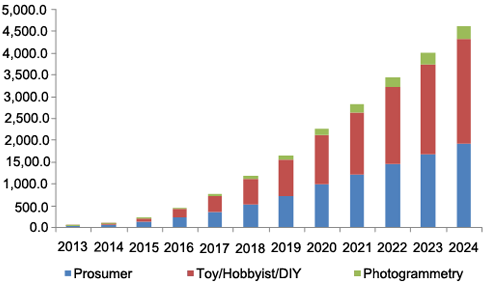
Market Demand Trending
Buy/Sell. Manufacturers and dealers, these tiny inspired whoops are hitting the market as fast as the first phantom and 350 pros were a few years ago, as hobbyist takes a turn towards micro quadcopters; showing a steady growth in the market. A snapshot from Grand View Research 2016.
ZEROTECH Dobby 2 Pocket Selfie Drone
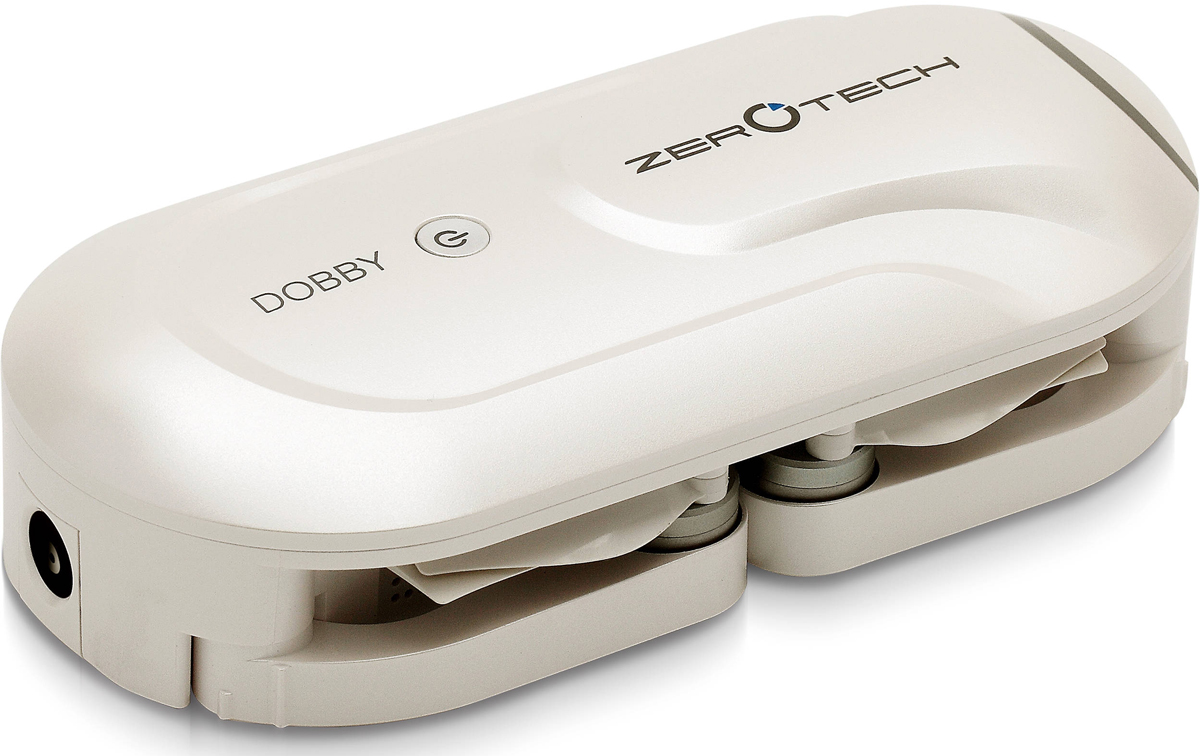
The highly anticipated DOBBY is here and in our lab, compact and optimized for photography, taking pictures by voice control and gesture control, assisting users to capture the perfect selfie “Kodak” moment of this generation.
DOBBY Pocket Drone is an AI-powered drone using Qualcomm Snapdragon 801 chipset, piloted with GPS and GLONASS, featuring object tracking and facial recognition. DOBBY can take off by voice control and one click on APP. Selfie lovers can enjoy creative photos from unique perspectives rather than taken by other shooting tools like cell phone cameras.
If you are into smartphone technology Qualcomm comes to mind; anyone who uses Wechat or QQ knows what Tencent can do. Known to few, the two giant firms are among the core influence to bring ZEROTECH to the limelight with Dobby. However with all that investment backers and publicity behind it, there seem to be an underlying issues uncovered as we take it for several tests.
Walkera Voyager 4 Police Drone
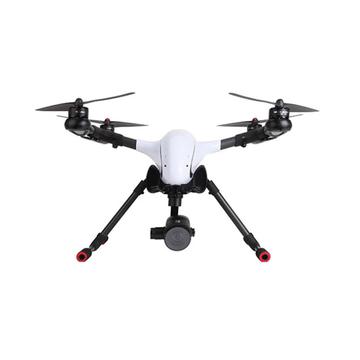
The Walkera Voyager 4 quadcopter drone is scheduled to arrive in the USA for it’s final circuit tests and media evaluation July 2016. Capable of broadcasting over 4G LTE or WIFI, this is a new and exciting solution to kickoff the newly approved FAA Part 107 certification for commercial drone broadcasting starting this summer. Here are some of the recent photos, a peek at the Voyager 4 along with the latest Devo F18 radio transmitter that will be paired with the next two quadcopter drones. The Voyager 4 that uses the PX4 flight controller, was recently demonstrated at a Police event.
 What separates the Voyager 4 apart from other quadcopter drones is the design surrounding broadcasting and social media. Live video is streamed via WIFI or the first 4G LTE drone application, an IOS application. Production stations can have as many as six camera views from six Voyager 4 in the air at one time. With 4G LTE, distribution of real-time video has never been easier; the media files can be shared over the two supported networks and multiple social media platforms.
What separates the Voyager 4 apart from other quadcopter drones is the design surrounding broadcasting and social media. Live video is streamed via WIFI or the first 4G LTE drone application, an IOS application. Production stations can have as many as six camera views from six Voyager 4 in the air at one time. With 4G LTE, distribution of real-time video has never been easier; the media files can be shared over the two supported networks and multiple social media platforms.
Hubsan X4 H502E GPS Drone
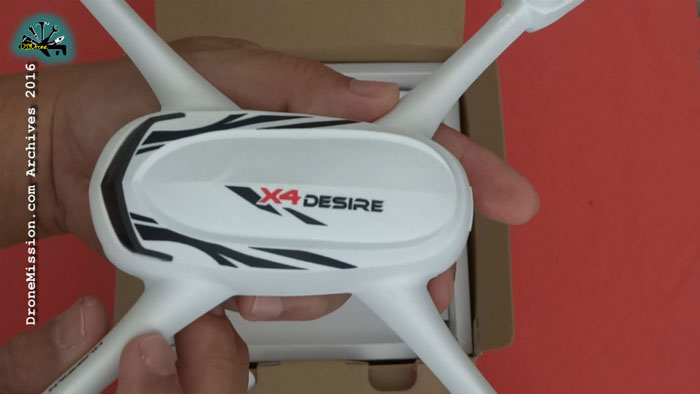
Looking for the perfect size quadcopter for this summer free youth RC training camp has narrowed down to this quiet 16.5 cm Hubsan X4 H502EGPS quadcopter. What caught our initial attention is the mini quadcopter with GPS, allowing the quadcopter to find it ways back. Other features of interest is it’s 720p camera and altitude hold.
 The Hubsan H502e arrived in a small box with no instruction manual, but the usual short instructions on the packaging that reference a manual. The H502e is not even listed at Hubsan.com as such there is nothing to download.
The Hubsan H502e arrived in a small box with no instruction manual, but the usual short instructions on the packaging that reference a manual. The H502e is not even listed at Hubsan.com as such there is nothing to download.
User Segment
Beginners, Park Flyers, Ready To Fly, Off the shelves, Hubsan Collectors, Instructional Training Quadcopter, Budget USD$107 MAP (Jun 2016)
XK X251 WhirlWind Drone
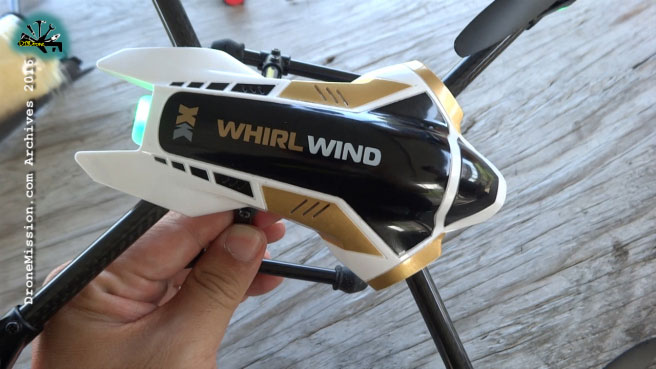
Keeping it simple may be the answer to XK Innovation’s success recently. XK X251 is a new mini quadcopter with powerful brushless motors, designed to be fast and swift. If you are looking for a swift little quadcopter, this may be it, the XK X251 WhirlWind. Shortly after the initial release, a version 2 was introduced with some slight modifications to cater for beginners. See video about the updates.
 First Impression, this quadcopter is very fast and can take a nice punch (vertical take-off). It is easy to fly if you have flown a quadcopter and have mastered your flight orientation. The XK radios are well made as always, but the spinning dial that gets in the way of your palm is still there on the right. The beeping spinning dial is not in the most practical position to reach while flying, but for this aircraft, it is only used to navigate the menu. The material of the aircraft is made of a mixed of carbon fiber structure with light-weight Acrylonitrile Butadiene Styrene (ABS), a common thermoplastic polymer (also used by Lego), strong but will still destruct on direct impact on a high speed race. It does not break easily out in the field, if it just falls out of the sky, as the total weight is only 205 grams.
First Impression, this quadcopter is very fast and can take a nice punch (vertical take-off). It is easy to fly if you have flown a quadcopter and have mastered your flight orientation. The XK radios are well made as always, but the spinning dial that gets in the way of your palm is still there on the right. The beeping spinning dial is not in the most practical position to reach while flying, but for this aircraft, it is only used to navigate the menu. The material of the aircraft is made of a mixed of carbon fiber structure with light-weight Acrylonitrile Butadiene Styrene (ABS), a common thermoplastic polymer (also used by Lego), strong but will still destruct on direct impact on a high speed race. It does not break easily out in the field, if it just falls out of the sky, as the total weight is only 205 grams.
Walkera Rodeo 150 Review
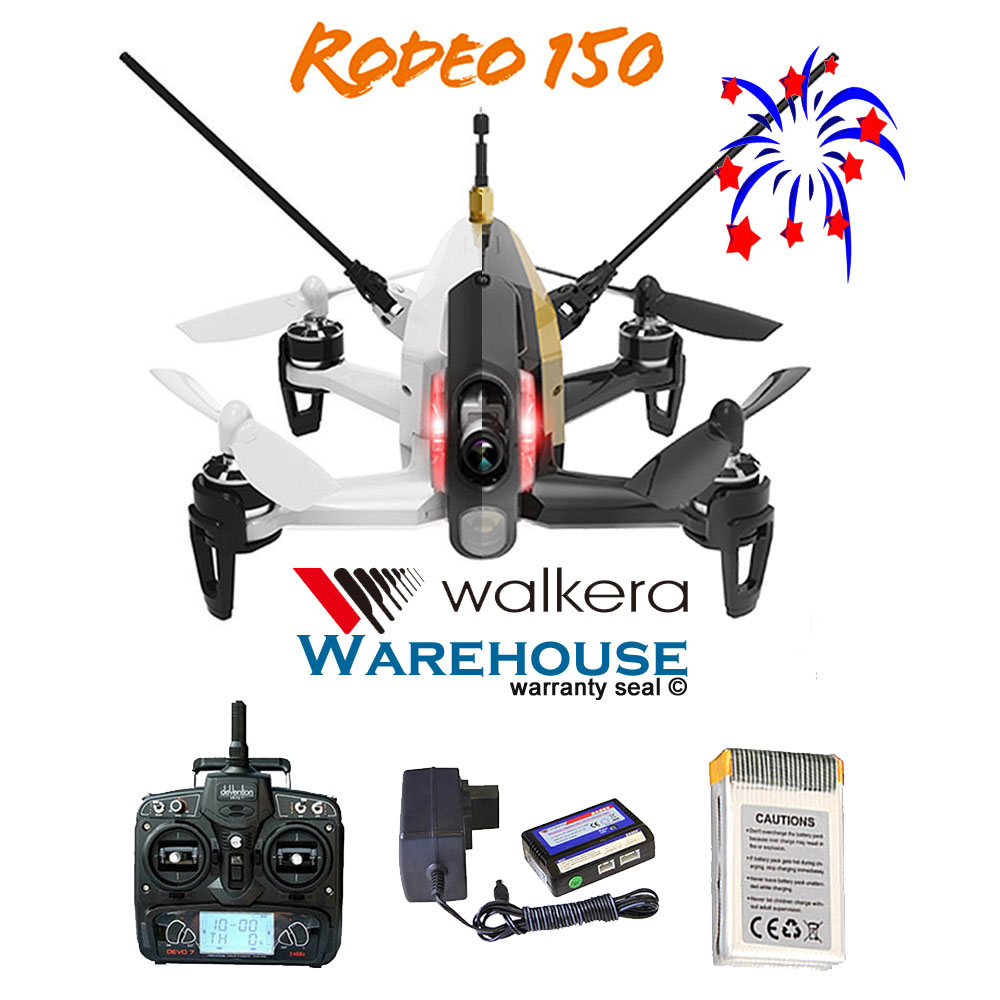
Introducing Walkera Rodeo 150, a unique and slick looking 15 cm size quadcopter, with a mix of racing drone aerobatic features from the F3 flight controller, and the classic Devo 7 radio transmitter programmability. The quadcopter was designed to weigh less than 0.55 pounds for hobbyist who rather not register with the FAA in the USA. It is not a full fletch racer but a speedy mini quadcopter with brushless motors, a category of mini quadcopters gaining popularity recently.
 First Impression, we love the Rodeo 150 design and the color scheme, a mini-me of the Walkera F210. Kudos to the Walkera drafting engineers. You can use an external receiver, which means you can use any programmable radio transmitter you may already have, making this a popular BNF quadcopter. The material used is light-weight Acrylonitrile Butadiene Styrene (ABS), a common thermoplastic polymer (also used by Lego). It is impact resistance, but not strong enough to take a direct impact against a tree or slamming onto concrete.
First Impression, we love the Rodeo 150 design and the color scheme, a mini-me of the Walkera F210. Kudos to the Walkera drafting engineers. You can use an external receiver, which means you can use any programmable radio transmitter you may already have, making this a popular BNF quadcopter. The material used is light-weight Acrylonitrile Butadiene Styrene (ABS), a common thermoplastic polymer (also used by Lego). It is impact resistance, but not strong enough to take a direct impact against a tree or slamming onto concrete.
Target Users
Keen Beginners, Park Flyers, Ready To Fly, Off the shelves, Collectors, Budget USD$229 MAP (May 2016)
FQ777-126c Spider Drone Hexacopter
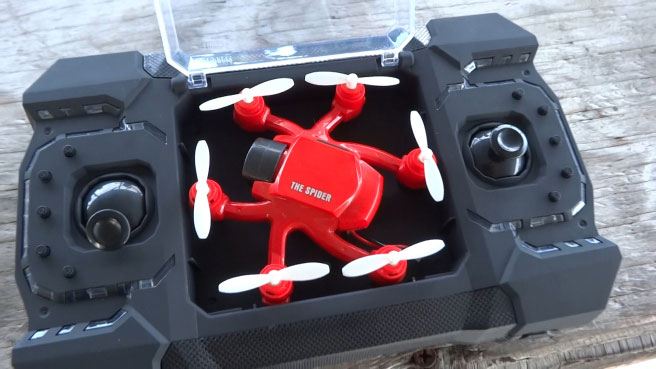
Made by FQ777 (yes, that is the brand name), model Spider 126c is quite a unique radio control hexacopter. Made to be portable, it is stored in a self-contained case / radio transmitter along with all the accessories in a compartment. A nice showpiece if you are a collector and this hexcopter flies amazingly.
 First impression, we like the radio transmitter travel case, it keeps the copter away from dust, stores a set of spare propellers, dual chargers and propeller guards. At first glance you will also noticed there are too many buttons, the most buttons we have ever seen on a radio, unlabeled.
First impression, we like the radio transmitter travel case, it keeps the copter away from dust, stores a set of spare propellers, dual chargers and propeller guards. At first glance you will also noticed there are too many buttons, the most buttons we have ever seen on a radio, unlabeled.
Target Users
Beginners, Park Flyers, Ready To Fly, Off the shelves, Collectors, Budget under USD $37 (2016)








